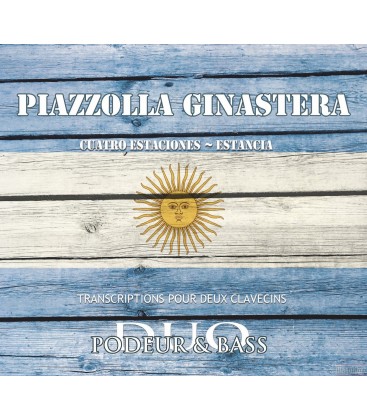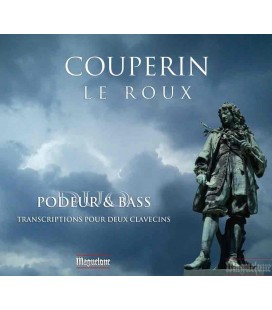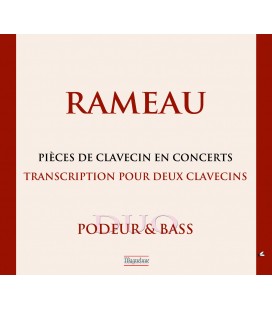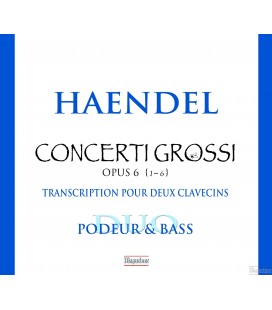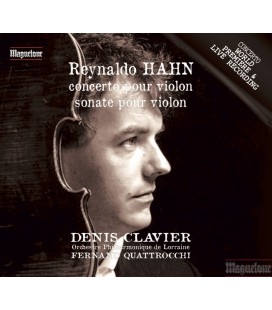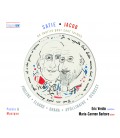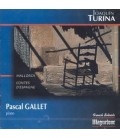Piazzolla-Four Seasons — Ginastera-Estancia
PRE-ORDER until 28/11/17 : - 25 %
PIAZZOLA — FOUR SEASONS
GINASTERA — ESTANCIA
an awaited album
DUO Mireille PODEUR— Orlando BASS, clavecins
Didier HENRY, baritone
https://www.youtube.com/watch?v=lgXaZhdEUro
Harpsichords
at the Heart of Contemporary Music
It may raise a few eyebrows that 20th century music should be arranged for the harpsichord and worse still, for two of them. Most people associate the instrument with early music, the sound world of Renaissance and Baroque court life. Yet in the past the harpsichord was always at the forefront of avant-garde experiments in composition and acoustics.
François Couperin made innovations in fingering and sound production, Jean-Philippe Rameau ex- plored the relations between different European styles, Domenico Scarlatti fearlessly pushed for- ward keyboard techniques developing, improvi- sation, ornamentation, diminutions and continuo playing. Maybe the harpsichord sound stimulates creative musical minds.
Under pressure from the piano, the instrument’s popularity waned during the Romantic period until it was almost forgotten. However, Wanda Land- owska’s championing of the instrument in the ear- ly 1900s, aided by manufacturers Pleyel and Érard, sparked a wave of interest and new compositions such as Manuel de Falla’s Concerto (1923-6) and Francis Poulenc’s Concert champêtre (1927-8).
Post-1950, the repertoire burgeoned with music by Gyorgy Ligeti, Luciano Berio, Maurice Ohana, Iannis Xenakis... and today the harpsichord is well-estab- lished in contemporary music.
Preparation of the pieces for these recordings has been guided by attention to the rich harmonic palette a harpsichord can produce. Whether light and delicate or powerfully incisive, the range of sounds and rhythmical effects is vast, particular- ly when varying combinations of registrations on both harpsichords.
Adapting chamber or orchestral music for key- board instruments is part of a long tradition and we are certainly not the first to make harpsichord transcriptions of music by the composers fea- tured here. Mention in particular should be made of arrangements of Piazzolla Tangos by Argentini- an duo Mario Raskin and Oscar Milani.
Our own experiments have helped us juggle with the limpidity of voices, dramatic contrast, ener- getic repetition of notes, use of dissonance and contrapuntal relief. Popular dance music was the mainstay of Renaissance and Baroque players so the leap is not very far to these Piazzolla and Ginastera pieces which are both intended for dancers. Harpsichords, like pianos or guitars, are ideal in marking time and creating the urge to move in rhythm.
Both Piazzolla and Ginastera deploy popular dance in various ways as a bridge towards innovative modern aesthetics and the harpsichord helps clarify their musical intentions. We hope our ar- rangements communicate some of this creative energy to our listeners.
Mireille Podeur © Maguelone 2017
translation: Jonathan Bass © Maguelone 2017

